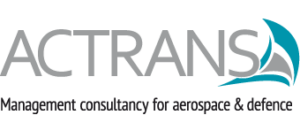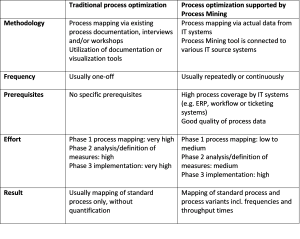By Daniel Salzer //
Introduction
The necessity of a European „Space Force“ is not in question anymore, its creation only a matter of time. Even the President of the French Republic, Mr Macron, has given his guidance on the subject.
It is now up to the European NATO member states to specify their approach and to define their contribution to the protection of European space resources. European contributions can, of course, only be complementary to what is already being planned and realised in the US, as the European NATO member states will not be able to keep up with these plans, let alone for financial reasons: the US are planning to invest 6 billion USD in space situational awareness between 2015 and 2019. Also, Russia and China have extended their capabilities in this area, so that European capabilities are lagging far behind.
What is Europe able to contribute with rather limited means? What is Germany able to contribute?
There is no doubt that the contribution must be significant, otherwise a close collaboration with the US and the required exchange of data will not be realistic.
The role of Europe
The European NATO member states must develop a coherent strategy for the protection of European space resources which is also complementing the US strategy. This strategy should address at least the following two major topics:
Safeguarding European access to space
The concept of European access to space – and thus the essence of the Ariane programme, namely the US government’s decision in 1973 to only agree to the launch of the Franco-German communication satellite Symphonie I if this satellite does not offer commercial services – should serve as an ongoing motivation to secure today’s European access to space. All public European satellites, especially the military ones, should be launched from European launchers only (Ariane V, Ariane VI, and Vega as of today). The strategic value of this component must become a more significant factor in decision making, besides commercial and technical conditions.
„Space Situational Awareness“: the Achilles‘ heel of NATO space defence
The US capabilities – military and civil – in this sector are by far the largest and most relevant ones across the globe. As already pointed out, since 2015, the US are investing about 1 billion USD per year in this area. In the military sector, especially the Air Force’s „Space Fence“ and the DARPA’s „Hallmark” programme as well as the Air Force’s mission system JSpOC play an important part, but also civil systems of NASA and NOAA. With the extension of the first phase of the S-band „Space Fence“ on the Kwajalein Atoll, which will become fully operational in 2019, 200,000 objects per day can be traced with 1.5 million observations. Even though the US DoD will thus become the worldwide leading organisation to systematically deliver precise data on potential threats (passive threats or potential attacks) to space resources, this information is only partially provided to other nations as it is of utmost strategic importance.
Even though the US operate approximately 380 SSA sensors (including „Space-Based Surveillance System“ (SBSS)-Block10 Pathfinder satellites), smaller objects (below approximately. 10 cm) can still not be identified and, in particular, huge data volumes must be processed in order to enable the prediction of trajectories and thus the recognition of potential threats to satellites.
This could lead to two important roles for a European initiative: the development of a European capability which can be integrated into the already existing European systems (e.g. which could interoperate with the TIRA radar of Fraunhofer institute) and work in a complementary manner to the US “Space Fence” programme, and the development of capabilities in data processing to predict the trajectories of smaller flying objects. Moreover, the European capabilities regarding space weather forecasting (on a national basis and with ESA) should be enlarged.
The potential role of Germany
The German Armed Forces own critical space-based resources in satellite communication and satellite earth observation. Irrespective of the question whether these resources are enough to fulfill the Armed Forces’ duties or not (including a comprehensive Armed Forces’ space strategy which is – at least to the public – unknown), the protective capabilities of these resources are limited. It is worthwhile mentioning the TIRA radar and the DLR’s and Armed Forces‘ space weather activities in that regard. Now is the time to take concrete steps regarding the two major topics mentioned above: European resources for launching public satellites – especially military satellites – should be prioritised. The decision of the German Armed Forces to launch the SARAH satellites from Falcon launchers for purely commercial reasons should not be repeated in the future. As a second component, state-of-the-art technologies and capabilities for recognising space objects should be developed and put into operation. In this context, ground-based radars should be built and further enhanced (e.g. a European „Space Fence“ or enhancement of the tracking radar capabilities of DLR), and new techniques tested and introduced, e.g. interferometric methods with ground radars. Furthermore, the analysis of a potential space-based system complementary to the US SBSS could be tackled immediately. And the processing of big data volumes generated by sensors should be considered as a third contribution.
These contributions should be part of a comprehensive German Armed Forces‘ space strategy which is urgently needed, including the components satellite communication, satellite earth observation and „space situational awareness“, including space weather.

